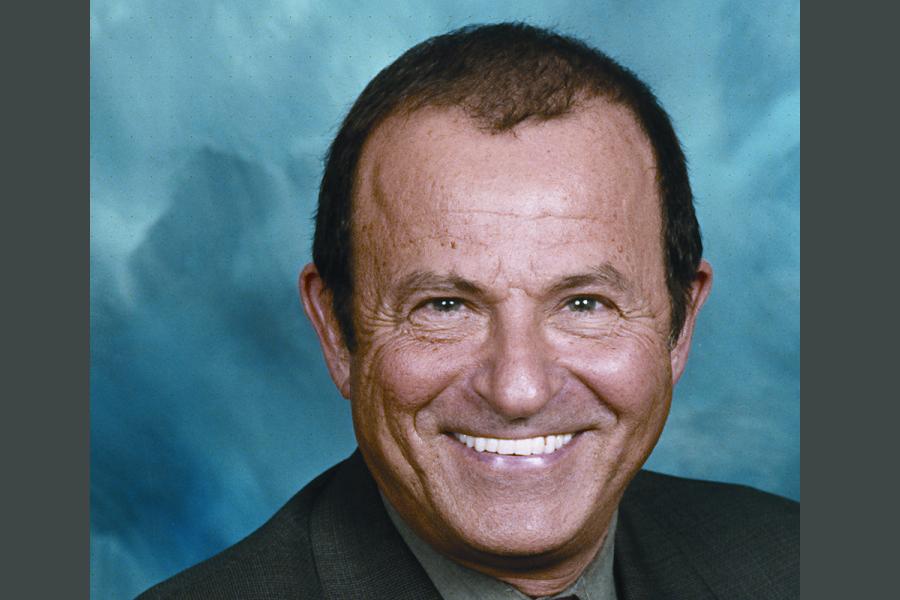When architect and designer Jon Jerde passed away in February, most of his obituaries hailed him as the Master of the Modern Shopping Mall.
He’s celebrated for turning his vision away from the conventional malls that proliferated the American landscape from the 1950s through the ’70s, and replacing them with revised takes on the way stores and common spaces could interact in a new America.
According to his obituaries, a trip to Europe early in his career inspired him to revisit urban places and communal spaces. His first undertaking was Horton Plaza in downtown San Diego, a vertical outdoor mall full of quirky layouts, unexpected turns and uneven placements of storefronts. On first visit, it felt to me like something Dr. Seuss might have created if his doctorate had been in urban planning.
He followed that up with such diverse projects as The Fremont Street Experience in downtown Las Vegas, an effort to present a genuine urban antidote to that city’s Strip; and Universal CityWalk at the Universal Studios in suburban Los Angeles, an effort to capture a faux-urban atmosphere far from that city’s downtown core.
Some said CityWalk was hokey and contrived, just another studio movie set. (The New York Times architecture critic Herbert Muschamp famously wrote that Jerde would be more likely to win an Oscar than a Pritzker for the project.) But others applauded its attempt to create pre-suburban commercial space. (Ed Leibowitz wrote in Los Angeles magazine, “Only at CityWalk can [Los Angeles] experience a New Year’s Eve countdown as frenzied and convivial as Times Square’s.”)
It may be instructive, though, that the project Jerde will probably be most remembered for is that ultimate American mall – with its more than 500 stores and 5.5 million square feet of floor space – rightly called Mall of America. It opened in 1992, two decades after Jerde had decided the malls’ best days were over.
Advertisement
Why return to the days of marathon-length walkathons, on hard, smooth tile guaranteed to make your calves burn, as smells of Cinnabon and Sbarro Pizza assault your senses?
Because malls once did work. Malls didn’t destroy our urban core, we did. We moved to the suburbs. We built city expressways. We bought cars. We demanded an alternative to downtown shopping, eating and movie-going.
Malls gave us all that. They gave us the convenience, parking and shelter from the elements that we asked for.
Now, we want a different experience, with more genuineness. So yes, give credit to architects like Jerde, who want to bring something new to the shopping experience. But also give credit to architects like Victor Gruen, who built the first fully enclosed regional shopping complex in Edina, Minn., in 1956. They saw the culture shift and innovatively reacted. Jerde was one of those, too.
It’s what architects and designers, at their best, do.
As a journalist, writer, editor and commentator, Steve Kaufman has been watching the store design industry for 20 years. He has seen the business cycle through retailtainment, minimalism, category killers, big boxes, pop-ups, custom stores, global roll-outs, international sourcing, interactive kiosks, the emergence of China, the various definitions of “branding” and Amazon.com. He has reported on the rise of brand concept shops, the demise of brand concept shops and the resurgence of brand concept shops. He has been an eyewitness to the reality that nothing stays the same, except the retailer-shopper relationship.
Advertisement


 Photo Gallery1 week ago
Photo Gallery1 week ago
 Headlines4 days ago
Headlines4 days ago
 Headlines1 week ago
Headlines1 week ago
 Headlines2 weeks ago
Headlines2 weeks ago
 Headlines1 week ago
Headlines1 week ago
 Designer Dozen1 week ago
Designer Dozen1 week ago
 Headlines1 week ago
Headlines1 week ago
 Headlines1 week ago
Headlines1 week ago













